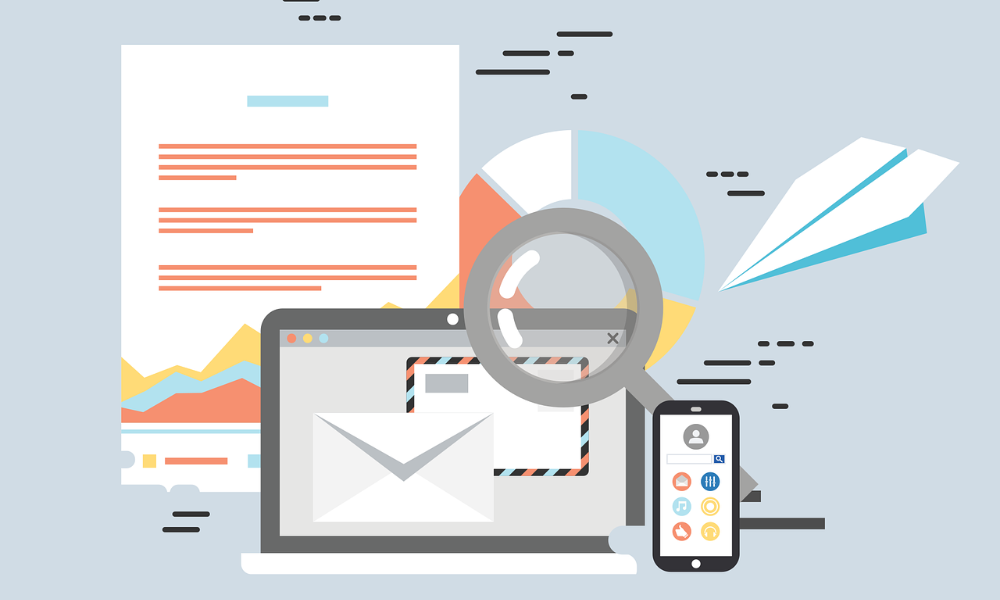The word "Lead" is one of the key terms in marketing and it has the greatest significance in the field of Internet marketing.
Contents:
1. What is lead
2. Types of leads
3. Sources of lead generation
4. Lead processing
5. What is CPL
6. How to reach a new level of working with leads
In this article, we will tell you in simple terms about sales leads, as well as about the main groups into which they can be divided. You will also learn the basic and most essential information on how to correctly work with leads, as well as what is lead generation, lead management, and the meaning behind CPL abbreviation.
What is lead?
A lead in sales and marketing can be described as simply a potential buyer of certain goods and services. It is important to know that leads will not necessarily become real clients, since on this stage they only got interested in a product and have not finished the process of purchase to the end. Turning leads into clients is one of the core tasks standing before marketer and lead manager.
Types of leads
Sales leads can be divided on several groups based on two criteria: the level of interest and the source of attraction (lead generation).
The first criterion is the main one and the most common; according to it, following types of leads can be identified:
- Cold – a potential buyer found out about your product, took some action, but is not going to buy it yet. For example, they've visited your website, signed up for newsletters or any other free content, signed up for a free consultation, etc.
- Warm – it is clear that they are already interested in your product but have not yet made the final decision. At the moment they compare different choices, study the terms or wish to get an extra consultation.
- Hot – they have studied the product and wish to purchase it and now they are only interested in questions about the details of the transaction: the exact price, the possibility of getting a discount, nuances about payment/delivery, etc. Hot leads are considered to be almost like real clients but not with a 100% guarantee.
Sources of lead generation
Another popular option for identifying lead groups is according to the source of lead generation; based on this, leads can also be divided into 3 groups:
- Nets. This fairly broad category includes leads that have been brought to you through internet marketing tools. For example, contextual advertising (leads on websites), leads on social media (targeted advertising), mailing lists, CPA nets, lead exchange, personal website, blog, social media profiles (Instagram, Facebook, YouTube, etc.), message boards, marketplaces and other online resources.
- Spears. This category includes leads that were attracted via different types of “offline” methods: outgoing calls, meetings, negotiations and other technologies of traditional marketing. Spears leads have a lesser audience reach but they most often provide large clients.
- Seeds. This includes leads which came to you thanks to the recommendations from your existing clients or from other sources of viva voce (word of mouth) – basically on their own, without any kind of marketing measures. Usually, this is the smallest group but these leads often have a high level of conversion.

Lead processing
Working with leads is one of the most demanded directions of marketing and it is called lead management. It is a step by step process called “sales funnel”, which helps to attracts leads and lead them to a transaction. Generally accepted technology of working with leads consists of 4 stages:
- Lead generation (attraction or capture of leads). This process is the most important stage. After all, the amount of potential customers the client receives depends on how many leads a marketer or a lead manager will be able to attract. As regards to internet marketing, lead generation is achieved via lead magnets and lead forms used on websites (offering bonuses or discounts for subscription), online chats, mailing lists to prepared email bases, guides, check lists, etc.
- Enrichment and tracking. The next step after lead generation is lead enrichment. It is basically a collection of additional information about them: age, sex, geography, contacts, social media, etc. This data will help to efficiently divide all leads into segments, control leads and later to work more pointwise with each one of them. This stage also includes lead tracking – action monitoring of your leads on a website or on an application.
- Qualification and scoring. Qualification of any lead allows you to determine on what stage of sales funnels is it on and how much is it ready for the transaction. A very effective instrument here is lead scoring – it sorts leads on groups based on tracking data. In other words, qualification helps to separate warm and hot leads from cold ones and to concentrate on the processing of first two groups.
- Lead nurturing. This is the final and equally important stage of working with leads, which helps to lead them to the actual transaction and to turn them into real clients. Instruments of nurturing in internet marketing include: mailing lists, push notifications, mailing lists in web chats and messengers, as well as SMS and social media mailing lists. The choice of an optimal method and scenario of lead nurturing depends on the specifics of client’s business.
What is CPL?
CPL (Cost Per Lead) is the cost for attracting one lead, in other words its contact data. This number is one of the most common criteria for rating advertising campaigns. At the same time, CPL is far from being relevant for every branch of business; it is suited for the sphere of services and sales of specific types of goods. Knowing the cost of lead, lead manager or marketer can effectively control the budget and customize advertising campaigns; above all, it concerns contextual advertising and targeted advertising on social media.
Leads and expert work with them are the key factors of profitability of practically any modern business.
Professional lead management helps to generate targeted leads for all kinds of goods and services and later to methodically segment and nurture them, leading to the transaction and turning them into real clients.
How to reach a new level of working with leads?
As we can see, leads are something that business constantly dealing with. The result of the whole deal is heavily relied on the effectiveness of well-managed work with them. And automation is one of the solutions to simplify many routine tasks.
Do you know that tasks and contacts in your CRM can be created automatically based on leads you got on Facebook? And then based on records made in CRM you can send notifications to the responsible managers to accelerate all process? In order to implement such possibility you can use SaveMyLeads and automate the transfer of the necessary information from lead forms that a potential client left on a social network to your CRM or another systems.
Just try it and you will certainly appreciate the possibilities provided by our service. Sign up for free trial!
